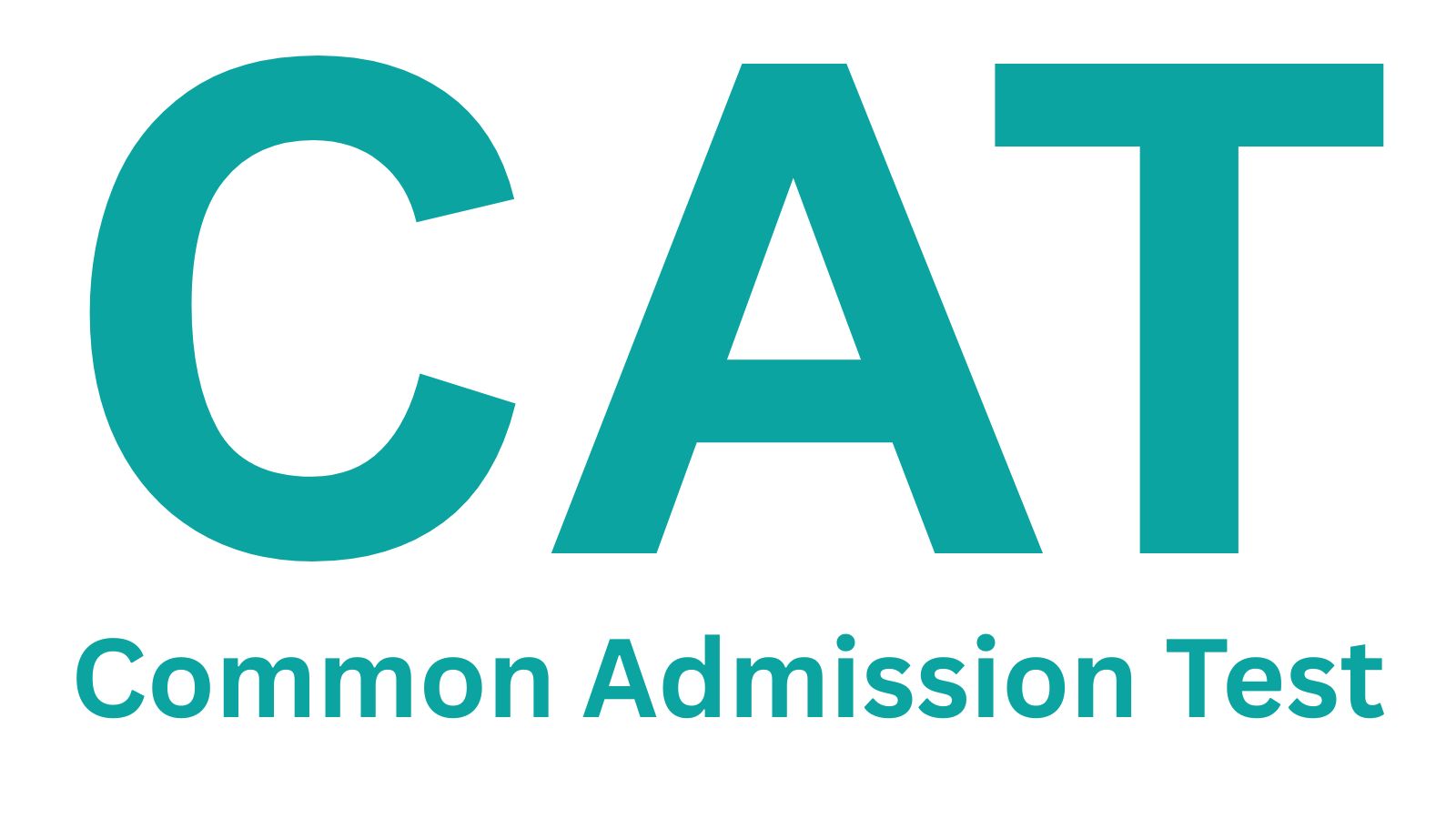KMAT 2025 exam is expected to follow a similar pattern to previous years, with sections designed to test various skills. The exam will include three sections: Verbal Ability, Logical Reasoning, and Quantitative Ability. Each section will have 40 questions, and the total marks for the exam will be 120. The exam will assess candidates on topics ranging from grammar and reading comprehension to algebra, geometry, and reasoning puzzles.
Based on the previous year's exam analysis, the difficulty level of KMAT 2025 is anticipated to be moderate across most sections. Candidates are expected to make good attempts in the range of 27-37, depending on their strengths and areas of preparation.
Over the past few years, KMAT exam has maintained a fairly consistent level of difficulty, typically ranging from easy to moderate. The expected number of good attempts across sections has varied slightly each year, but the general trend shows a steady approach to testing essential skills in quantitative reasoning, logical reasoning, and verbal ability.
This article provides an overview of KMAT exam pattern, marking scheme, important topics, and difficulty levels from previous years, along with expected good attempts for 2025. It offers a helpful guide for candidates preparing for the upcoming exam.
KMAT Exam Pattern 2025
KMAT exam follows a structured pattern with three sections, each testing different skills. KMAT exam pattern is given in the table below:
| Section | Number of Questions | Total Marks | Key Topics Covered |
| Verbal Ability and Reading Comprehension | 40 | 40 | Vocabulary, Grammar, Reading Comprehension, Idioms, Para Jumbles |
| Logical Reasoning | 40 | 40 | Puzzles, Syllogisms, Venn Diagrams, Data Arrangement, Coding-Decoding |
| Quantitative Aptitude | 40 | 40 | Arithmetic, Algebra, Geometry, Mensuration, Trigonometry, Number System |
KMAT Marking Scheme 2025
KMAT exam follows a simple marking scheme where candidates earn points for correct answers without losing marks for incorrect or unanswered questions. The table below shows KMAT marking scheme:
| Answer Type | Marks Awarded/Deducted |
| Correct Answer | +1 mark |
| Incorrect Answer | 0 marks (No negative marking) |
| Unanswered Question | 0 marks (No penalty) |
KMAT Important Topics 2025
KMAT exam tests candidates on important topics from Verbal Ability, Quantitative Aptitude, and Logical Reasoning. The key topics are given below in the table:
| Section | Important Topics |
| Verbal Ability and Reading Comprehension | Grammar, Vocabulary, Tenses, One-word Substitution, Sentence Completion, Synonyms & Antonyms, Comprehension of Passages |
| Quantitative Aptitude | Algebra, Geometry, Trigonometry, Numerical Calculations, Arithmetic Problems, Quantitative Reasoning, Common Graphs & Charts |
| Logical Reasoning | Puzzles, Syllogisms, Seating Arrangement, Coding & Decoding, Clocks & Calendars, Series & Sets, Multi-dimensional Arrangements |
You may also check KMAT Syllabus 2025
KMAT Exam Analysis 2024
KMAT 2024 exam had a varied difficulty level across its sections, with most parts falling within the easy to moderate range. Here's a breakdown of the difficulty and expected good attempts based on last year's analysis:
| Section | KMAT 2024 Difficulty Level | Good Attempts |
| Quantitative Ability | Moderate | 27-32 |
| Verbal Ability | Easy-Moderate | 32-37 |
| Logical Reasoning | Moderate | 28-33 |
KMAT Previous Years Exam Analysis
KMAT exam has had a consistent difficulty level over the years, ranging from easy to moderate. Below is a comparison of the difficulty levels and good attempts for the years 2023, 2022, 2021, and 2020:
KMAT Exam Analysis 2023
KMAT 2023 exam showed a moderate level of difficulty in most sections, with a reasonable number of good attempts expected across all areas.
| Section | Difficulty Level | Good Attempts |
| Quantitative Ability | Moderate | 29-34 |
| Verbal Ability | Easy-Moderate | 30-35 |
| Logical Reasoning | Moderate | 28-32 |
KMAT Exam Analysis 2022
In KMAT 2022, the exam had a similar difficulty level to 2023, with slight variations in expected good attempts across sections.
| Section | Difficulty Level | Good Attempts |
| Quantitative Ability | Easy-Moderate | 27-32 |
| Verbal Ability | Moderate | 30-34 |
| Logical Reasoning | Easy-Moderate | 24-28 |
KMAT Exam Analysis 2021
KMAT 2021 exam had a moderately challenging overall difficulty level, with the expected good attempts being slightly lower than the previous years.
| Section | Difficulty Level | Good Attempts |
| Quantitative Ability | Easy-Moderate | 30-35 |
| Verbal Ability | Easy-Moderate | 29-32 |
| Logical Reasoning | Easy-Moderate | 24-29 |
KMAT Exam Analysis 2020
KMAT 2020 exam had a mix of easy and moderate sections, with relatively lower expected good attempts in comparison to later years.
| Section | Difficulty Level | Good Attempts |
| Quantitative Ability | Moderately Difficult | 27-32 |
| Verbal Ability | Moderate | 30-35 |
| Logical Reasoning | Moderate | 26-31 |
KMAT Exam Analysis 2025 - Key Takeaways
- Moderate difficulty with a focus on logical skills: The overall difficulty was moderate, with Logical Reasoning requiring more time than other sections. Success depended on strong analytical and critical thinking skills, along with effective time management, particularly for the reasoning puzzles.
- No negative marking rewards all attempts: There was no negative marking for incorrect or unattempted answers. This allowed candidates to attempt all 120 questions without penalty, making strategic guessing a viable approach for challenging questions.
- Structured format with 120 questions in 120 minutes: The exam consisted of 120 multiple-choice questions to be completed in 120 minutes. The paper was divided into three sections, with 40 questions each: Verbal Ability, Quantitative Aptitude, and Logical Reasoning.
- Quantitative Aptitude was the most challenging section for many: While the overall difficulty was moderate, many students found the Quantitative Aptitude section to be the most challenging. Arithmetic, algebra, and geometry were the most heavily weighted topics within this section.
- Remote-proctored, home-based format continued: Following trends from recent years, the KMAT Karnataka 2025 was conducted as an online, home-based, remote-proctored test. This format requires candidates to have a webcam and microphone for monitoring.
Enjoy Extra Benefits with SR
Counselling
Processing fees on loan
Discounted Applications
GD PI preparation
Frequently Asked Questions
Ans: KMAT 2025 exam is expected to have a moderate difficulty level across all sections. Most candidates will find the questions manageable, but it will still require focused preparation, especially in Quantitative Ability and Logical Reasoning.
Ans: Each section of the KMAT 2025 exam will have 40 questions, making a total of 120 questions for the entire exam. Candidates will need to manage their time effectively to attempt all the questions within the allotted duration.
Ans: The marking scheme for KMAT 2025 is simple. For each correct answer, candidates will receive +1 mark. There is no negative marking, meaning candidates will not lose marks for incorrect answers or unanswered questions. This encourages candidates to attempt all questions confidently.
Ans: Candidates should focus on a few important topics for each section. For Verbal Ability, topics like grammar, vocabulary, and reading comprehension are crucial. In Quantitative Aptitude, topics such as algebra, geometry, and arithmetic problems will be significant. For Logical Reasoning, puzzles, syllogisms, and data arrangement are commonly tested.
Ans: In KMAT 2025 exam, candidates can aim for around 27-32 good attempts in Quantitative Ability, 32-37 in Verbal Ability, and 28-33 in Logical Reasoning. These ranges are based on the overall difficulty level of the sections and previous trends.
Are You Interested in KMAT?


![Calcutta Institute of Engineering and Management [CIEM], Kolkata](https://studyriserr.com/images/logo/17129440681564398892ciem.jpg)
![IIM Calcutta [IIMC]](https://studyriserr.com/images/logo/17048036751488950580d2.png)
![Prajnanananda Institute of Technology & Management [PITM], Kolkata](https://studyriserr.com/images/logo/17129440661633089082pitmLOGO3.png)
![Mount Carmel College [MCC], Bangalore](https://studyriserr.com/images/logo/1712129661MCC Bangalore Logo.jpg)

![Kingston Educational Institute [KEI]](https://studyriserr.com/images/logo/171294406716552105746d819583c73a4fcba9ef9a542784d4c9.jpg)









![Krupanidhi College of Management [KCM], Bangalore](https://studyriserr.com/images/logo/1712062666Krupanidhi College of Management Logo.jpg)
![Saroj Mohan Institute of Technology [SMIT], Hooghly](https://studyriserr.com/images/logo/17129440571601798836Logo.jpg)
![RCC Institute of Information Technology [RCCIIT], Kolkata](https://studyriserr.com/images/logo/17129440531620029258Logo.png)
![K J Somaiya Institute of Management [KJSIM], Mumbai](https://studyriserr.com/images/logo/1711535174K_J_Somaiya_Institute_of_Management logo.jpg)





















.webp)
.webp)

